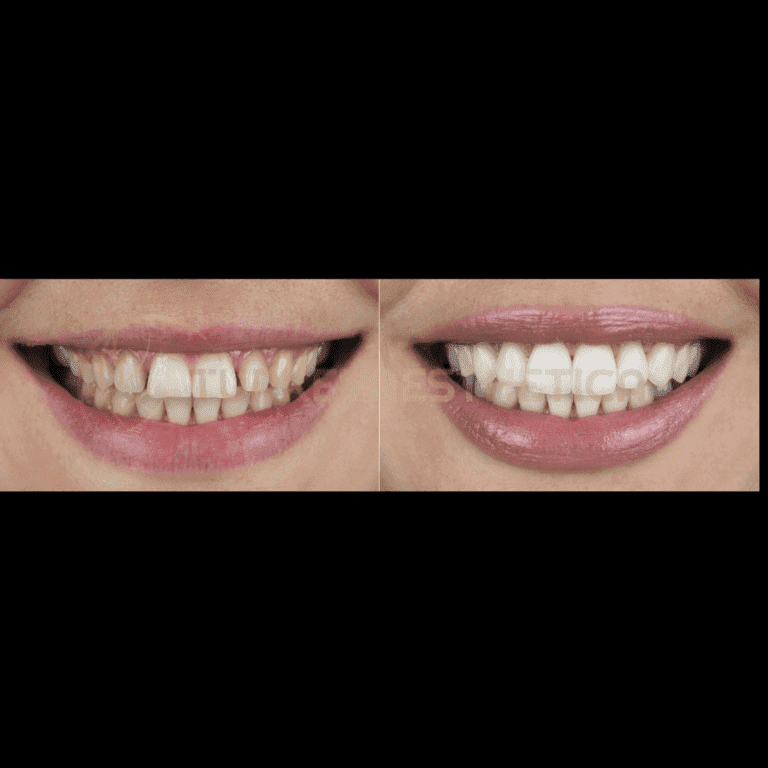

Introduction to Dental Crowns
Understanding Dental Crowns and Their Purpose
Dental crowns serve a pivotal role in restorative dentistry, acting as protective overlays that reinforce and restore the structure of damaged teeth. They are commonly utilized when teeth are weakened by decay, fractures, or extensive dental work. By encapsulating the entire visible portion of a tooth that lies at and above the gum line, crowns offer both aesthetic and functional benefits.
- Restoration of Damaged Teeth: Crowns provide strength to teeth weakened by decay or trauma, ensuring their functionality and longevity.
- Protective Shield: They act as a safeguard for vulnerable teeth, particularly those that have undergone significant procedures like root canals.
- Improvement in Aesthetic Appearance: Crowns are also employed to enhance the appearance of teeth, offering a solution to cosmetic concerns such as severe discoloration or misshapen teeth.
- Metal Crowns: Historically, these have been prized for their strength and durability but are more noticeable due to their metallic color.
- Porcelain-Fused-to-Metal (PFM) Crowns: These crowns offer a blend of strength and aesthetics, featuring a metal core for increased resilience and a porcelain exterior for a more natural look.
- Ceramic or Porcelain Crowns: These have become more popular, especially for front teeth, as they provide the best color match to natural teeth and are more suitable for people with metal allergies.
- Resin Crowns: These are less expensive but also less durable than other types of crowns, often used as a temporary solution.
